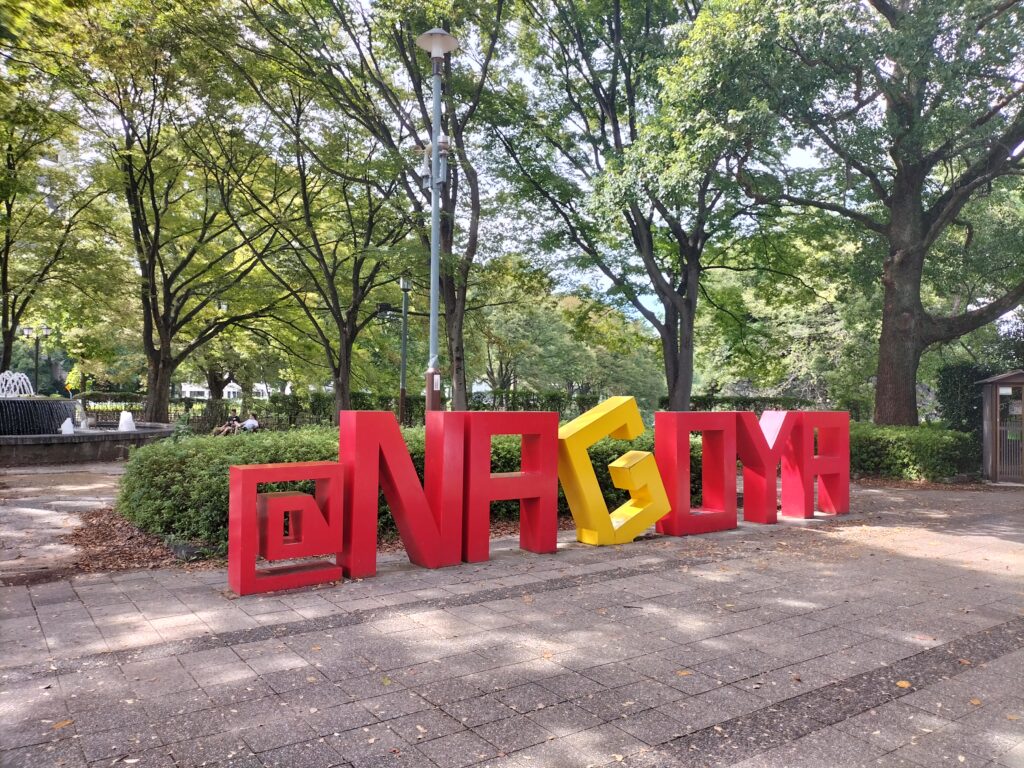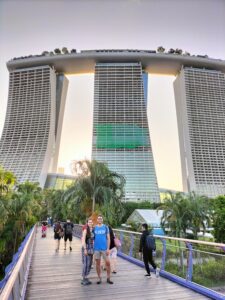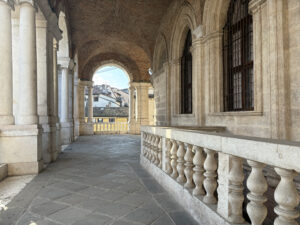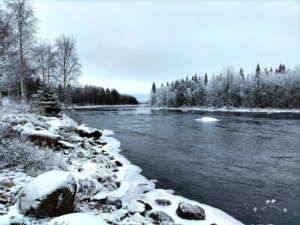Table of Contents
| You have been to Nagoya if… – FOOD: you have tried real Morning Service (Nagoyan typical breakfast)! – ACTIVITIES: you have met Totoro and the other guys at Ghibly Park! – SOUVENIRS: you have bought some great Aichi Sake! |
Introduction
Have you already been to Japan and visited all the most famous places? Are you looking for something a bit different, somewhere off the beaten track that will really surprise you? This article is for you! We’ll tell you what to see in Nagoya, the third largest city in Japan.
It’s often overlooked, but it and its surroundings have so much to offer! Let Claudia and me inspire you! We lived here for three months in 2023 and had the chance to explore the city in depth and get to know its every secret.
Write us in the comments and tell us your thoughts on this city in central Japan, which is perfectly located between the most important tourist destinations in the country, such as Kyoto, Osaka and Tokyo!
Here’s our guide about what to see in Nagoya with a selection of the Top 10 must-see attractions (in our opinion!).
How to get around the city?
Nagoya is a really easy city to get around! There’s a great public transport system and lots of different ways to travel. We’re here to help you get around the city with this comprehensive guide!
Public Transportation
Nagoya’s subway system is really easy to use! It has six lines: The Higashiyama Line (yellow), the Meijo Line (purple), the Tsurumai Line (blue), the Sakura-dori Line (red), the Meiko Line (purple, which is part of the Meijo Line), and the Kamiiida Line (pink).
JR Central is there for you with several lines, including the Tokaido Main Line, Chuo Main Line, and Kansai Main Line. If you’re looking to explore more of the surrounding areas or head to the airport, you can hop on a private railway like Meitetsu. Or, if you’re keen to explore more of Japan, Kintetsu will take you to Ise, Osaka, and Nara.
The city’s bus system, operated by the Nagoya City Transportation Bureau, is also a great way to get around. It works well with the subway and train networks, with key routes extending throughout the region. And if you’re looking for regional travel options, Meitetsu buses are a great choice!
Tickets and Passes
For your convenience, we highly recommend using the Manaca IC Card (our Nagoya’s best friend!), a rechargeable smart card for use on subways, buses, and trains. If you’re planning on exploring the city for a day or two, a one-day or two-day subway pass is a great option. Check it here!
These passes offer unlimited travel on the subway for their respective durations. And if you’re looking for a more eco-friendly way to get around, the Donichi Eco Kippu (620yen/310yen) is a fantastic choice. This pass gives you unlimited travel on city buses and subways on weekends and holidays.
Cycling
If you’re looking for a fun and eco-friendly way to explore Nagoya, cycling is a great option! You can rent a bike from services like “Hatch” at various locations around the city. The city is really great for cycling! There are dedicated bike lanes and bike-friendly routes, so you can get around safely and efficiently.
If you’re looking for other options, taxis are readily available, but just a heads-up that they tend to be more expensive than public transportation. You’ll find taxi stands at major stations, hotels, and shopping centres.
If you’re looking to rent a car, you’ll find lots of options at the city’s major stations and the airport. Just remember that if you’re from abroad, you’ll need an international driving permit.
Walking
There are so many great attractions in central Nagoya that you can easily explore on foot! Nagoya Castle, the Sakae shopping district, and Osu Kannon Temple are just a few examples of the many places you can visit without even getting in a car. Walking is a great way to see the city and enjoy the beautiful scenery.
Tips for Getting Around
Planning your route with apps like Google Maps, Hyperdia, or local apps is a great way to make your travel experience even better! While there are lots of signs and announcements in English, it can be really helpful to learn a few basic Japanese phrases. We’d highly recommend Duolingo app, which we practised with before leaving for this adventure! Download it here!
If you want to avoid the crowds, try not to travel during peak hours, which are typically from 7:30 to 9:30 AM and 5:00 to 7:00 PM. You’ll meet lots of Japanese people going home after work and using public transport.
What to see in Nagoya: 10 must-see attractions
#1 Nagoya Castle
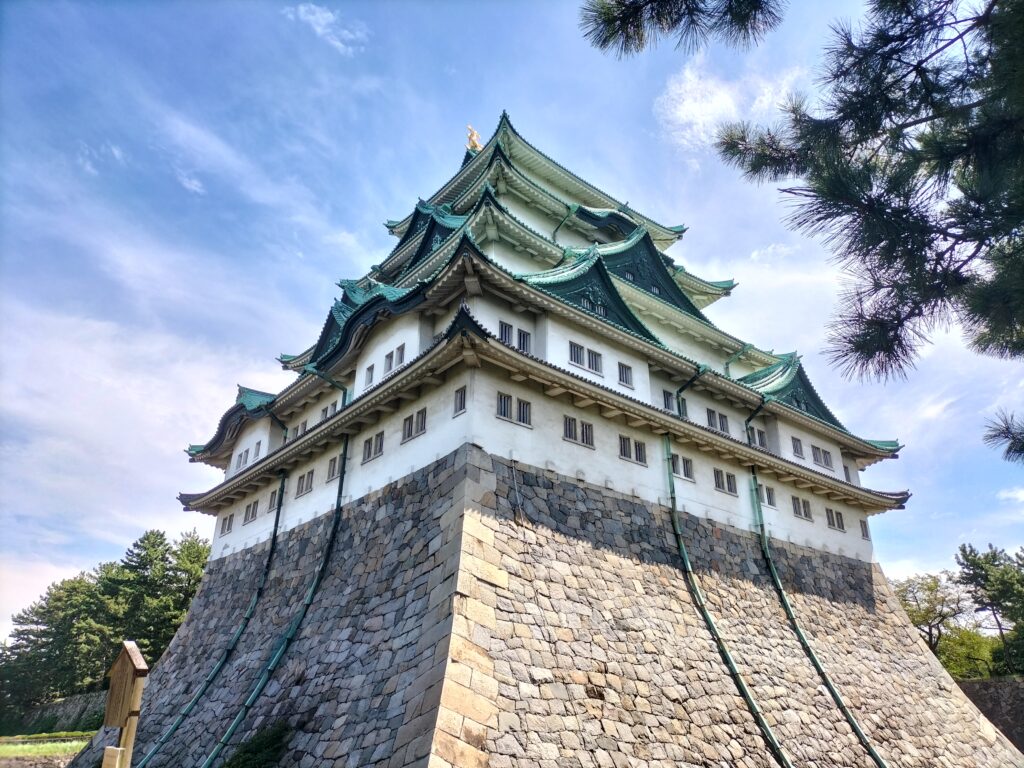
If you’re looking for a fantastic place to visit in Nagoya, look no further than Nagoya Castle! It’s the city’s top tourist attraction and is located at 1-1 Honmaru, Naka Ward, Nagoya, Aichi 460-0031, Japan.
The castle is open from 9am to 4.30pm, with last entry at 4pm. Just a heads-up, it’s closed from 29 December to 1 January. As for tickets, it’s just around 500 yen for adults with discounts to high school and junior high school students. Young children can usually get in free.
One of the castle’s most impressive features is its magnificent main tower, which was painstakingly rebuilt after being destroyed during the Second World War. From the tower, you can enjoy a truly breathtaking panoramic view of the city.
And inside, you’ll find a fascinating display of armour, weapons and other historical artefacts. Another wonderful attraction is the Hommaru Palace, which has been faithfully reconstructed using traditional techniques. This palace is home to some truly wonderful tatami mats and hand-painted walls.
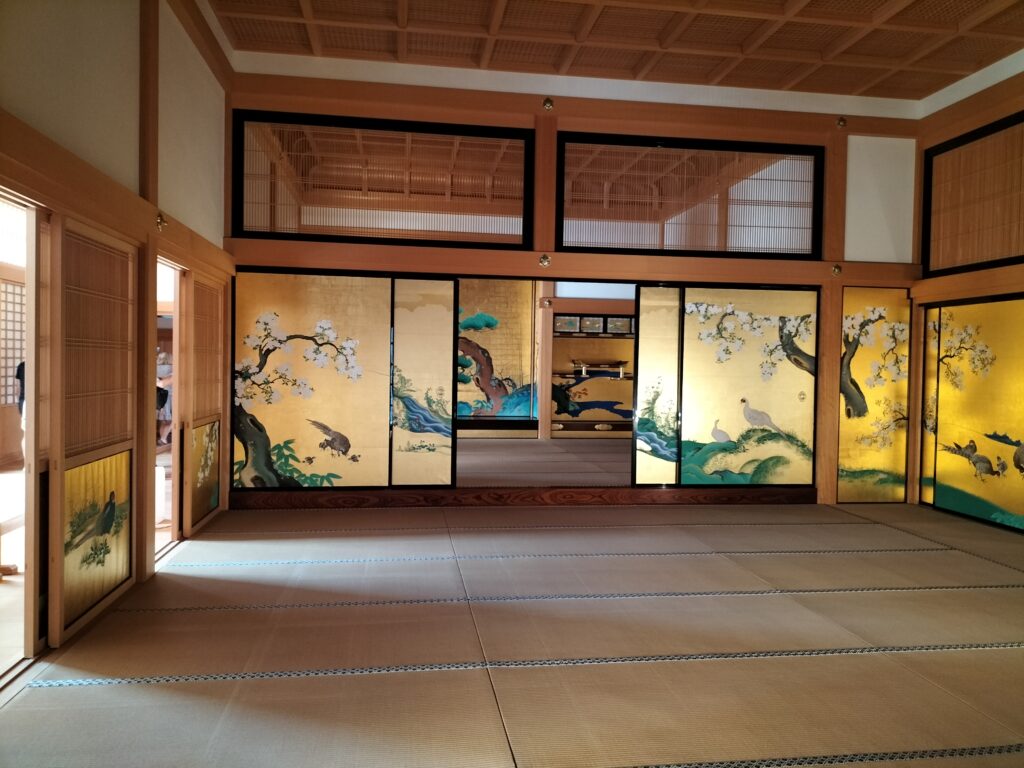
The gardens surrounding the castle are the perfect place for a relaxing stroll, and they offer beautiful views all year round, especially during the cherry blossom season in spring.
And if you raise your head to the top of the castle you will notice the true symbol of Nagoya, its two golden fish, known as “shachihoko” (鯱). They’re so special! The Shachihoko are Japanese mythical creatures with the head of a tiger and the body of a fish. In the past, they were placed on the roofs of Japanese castles as little tokens to keep buildings safe from fire.
The shachihoko have been a part of Nagoya Castle since 1612, but they’ve been through a lot! They’ve been rebuilt and restored several times over the centuries, especially after damage sustained during World War II. They also represent a significant cultural element: you’ll often find them in souvenirs, works of art and local representations.
To get to the castle, you can take the Meijo Line subway to Nagoya Castle Station (Nagoyajo, towards Hisaya-odori). From there, it’s just a short 5-minute walk! Or, if you’re coming from Nagoya Central Station, you can hop on the Me~guru tourist bus and get off at the Nagoya Castle stop.
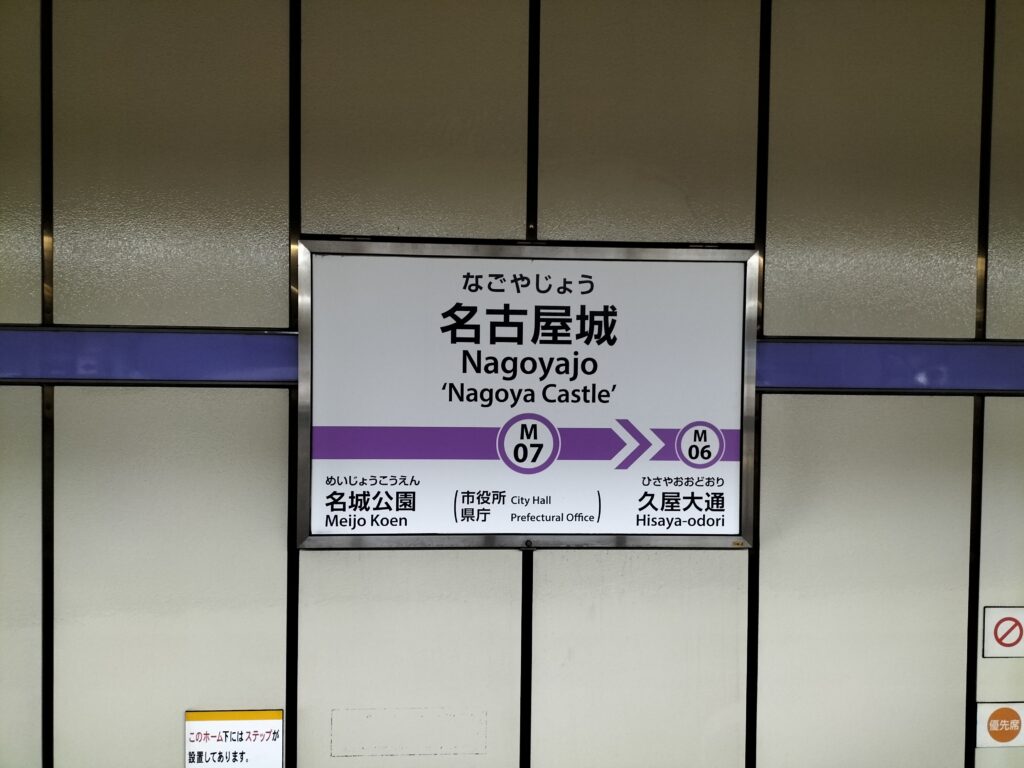
We’d highly recommend dedicating at least 2-3 hours to fully explore the castle and its gardens. You can use the audio guide to better understand the history and architecture of the castle, of course. Check here all the info!
#2 Sakae
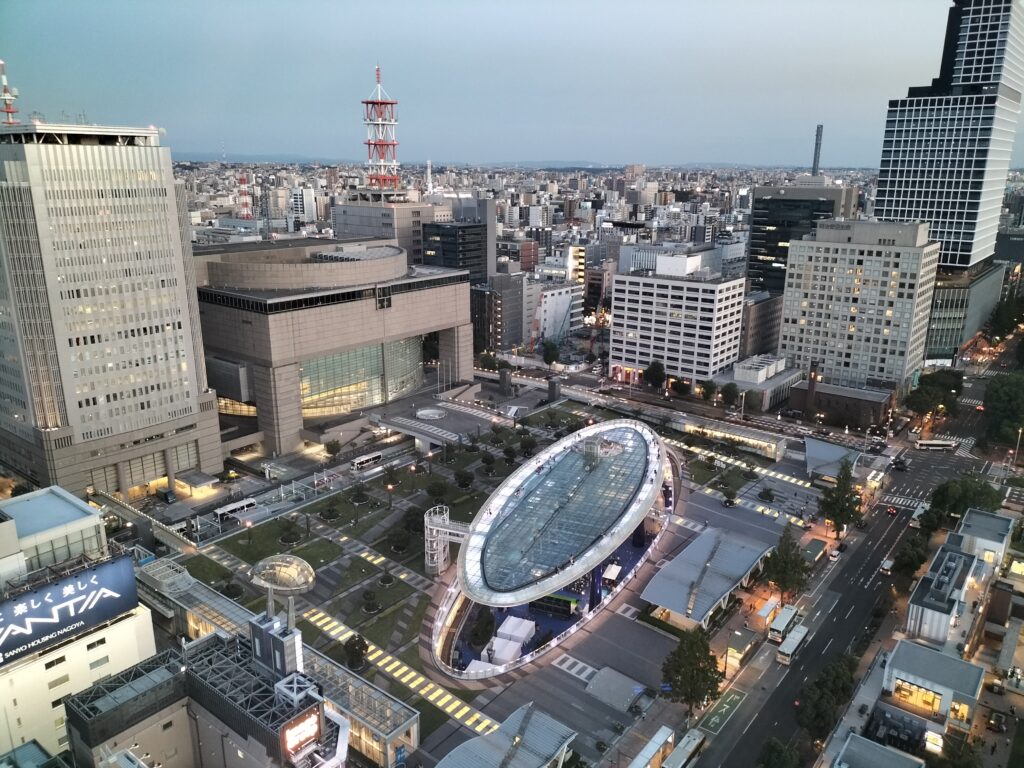
Sakae is a vibrant shopping and entertainment district right in the heart of Nagoya. There’s so much to see and do here! You’ll find a wonderful mix of shops, restaurants, cafés and nightlife venues, making it one of the most popular destinations for tourists and residents alike. The neighbourhood is also home to several department stores such as Matsuzakaya and Mitsukoshi, which offer a wide variety of high-quality products, from fashion to luxury goods.
One of Sakae’s main attractions is the Nagoya TV Tower (also known as Chubu Electric Power MIRAI TOWER), the oldest TV tower in Japan. It offers a breathtaking panoramic view of the city, which is well worth the climb! At night, the tower is beautifully illuminated, creating a romantic and evocative atmosphere that’s simply magical! The area around the tower is full of lovely parks and green spaces, perfect for a relaxing stroll.
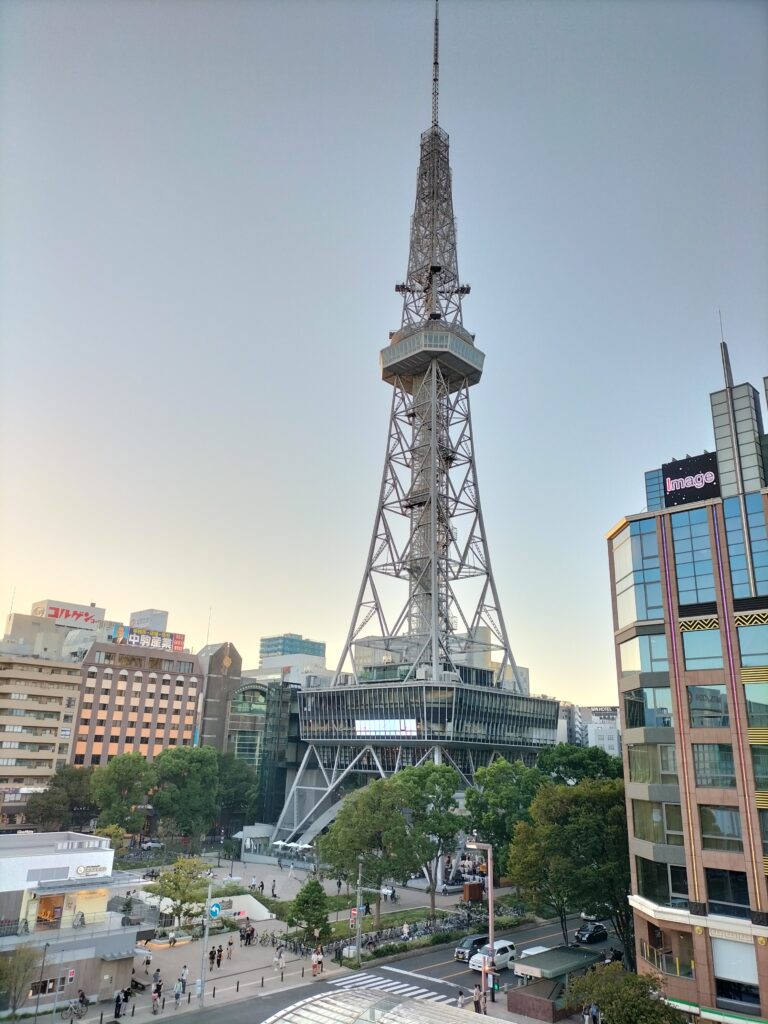
Just a few steps from Sakae is Oasis 21, a futuristic multifunctional complex. The most unique feature of Oasis 21 is its “water platform” structure, a glass roof that looks like it’s floating and reflects the sky and surrounding environment. This space is absolutely perfect for taking photos, especially at night when it is lit up!
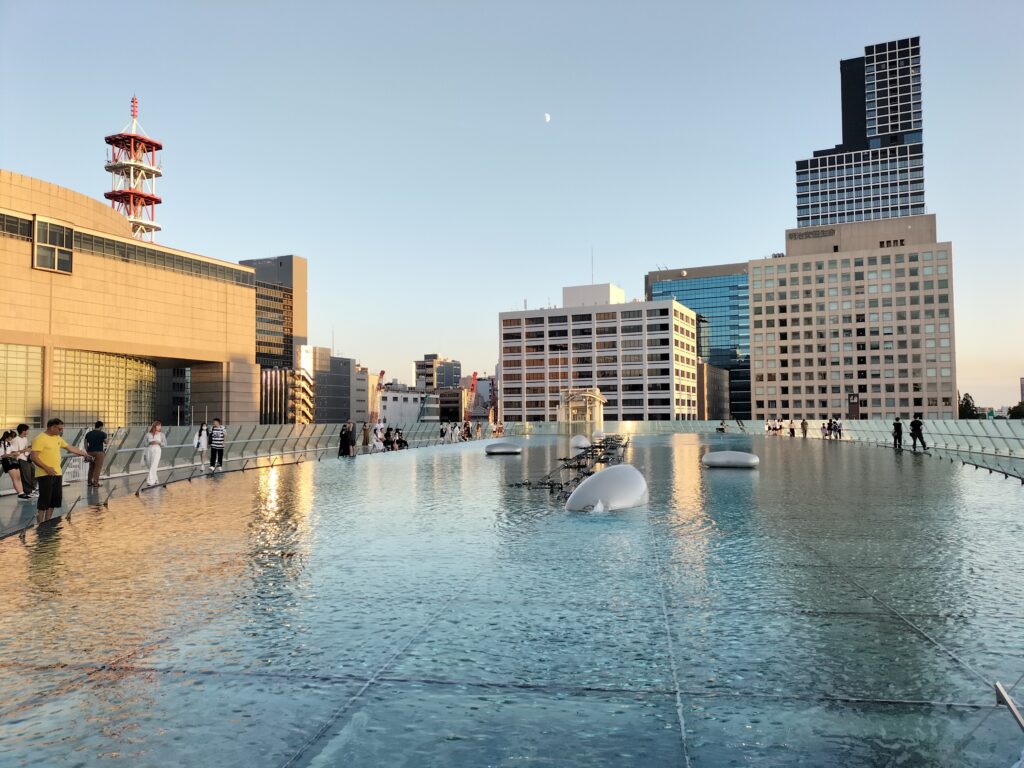
Oasis 21 is also home to a number of shops, restaurants and a bus terminal. On the ground floor, you’ll find a shopping area with a lovely selection of shops selling all kinds of things, from local souvenirs to fashion products. On the lower level, there’s a lovely open plaza that’s often used for events and concerts (here we had the pleasure of attending both a concert of traditional music from the Hawaiian Islands and a Christmas market featuring local crafts). Check here all the info related to Oasis 21!
If you’re looking to reach Sakae and Oasis 21, you’re in luck! You can take the Nagoya subway to get there. The Higashiyama and Meijo Lines have stops in Sakae, which makes it really easy to get to this vibrant area of the city. When you visit, we really recommend exploring on foot to fully appreciate the incredible energy and variety of what Sakae has to offer!
#3 Atsuta Jingu Temple
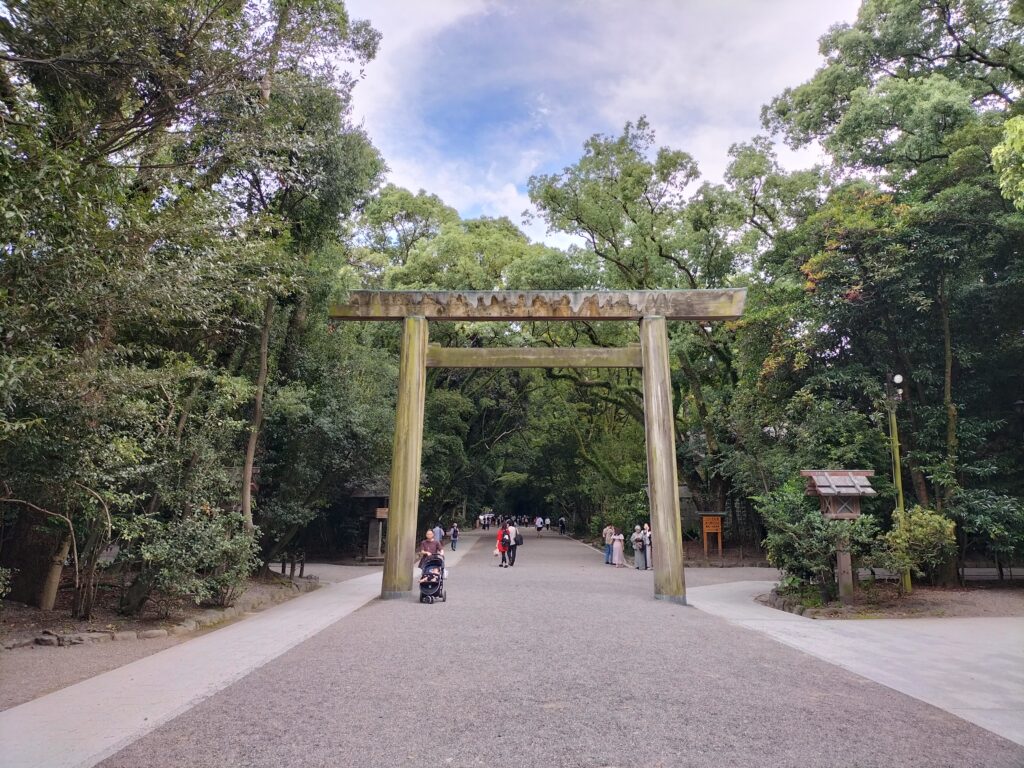
Atsuta Jingu is one of the most important and ancient Shinto shrines in Japan. The shrine was founded around 1900 years ago and is dedicated to the goddess Amaterasu-Omikami. It houses the sacred sword Kusanagi, which is one of the three imperial insignias of Japan. This makes it a truly special place, full of spiritual and historical significance.
The sanctuary is tucked away in a beautiful cypress forest, where you can find a calm and peaceful atmosphere. As you stroll along the shady paths, you’ll be able to soak up the natural beauty and tranquility of the place. The shrine’s architecture is a wonderful example of traditional Japanese style, with wooden buildings that blend harmoniously with their surroundings.
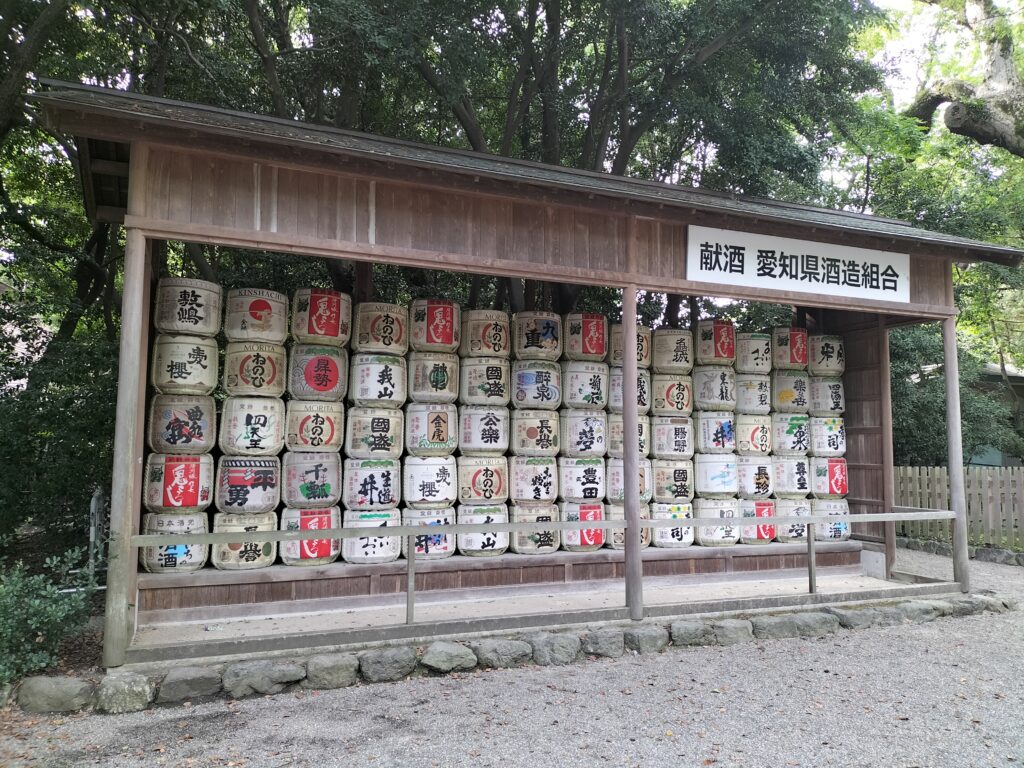
One of the best things about visiting is seeing the Honden, the main shrine, where the sacred sword is kept. While direct access to the Honden is limited, visitors are welcome to come and pray and pay their respects outside. Right next to the main shrine, you’ll find several other buildings and altars dedicated to various Shinto deities.
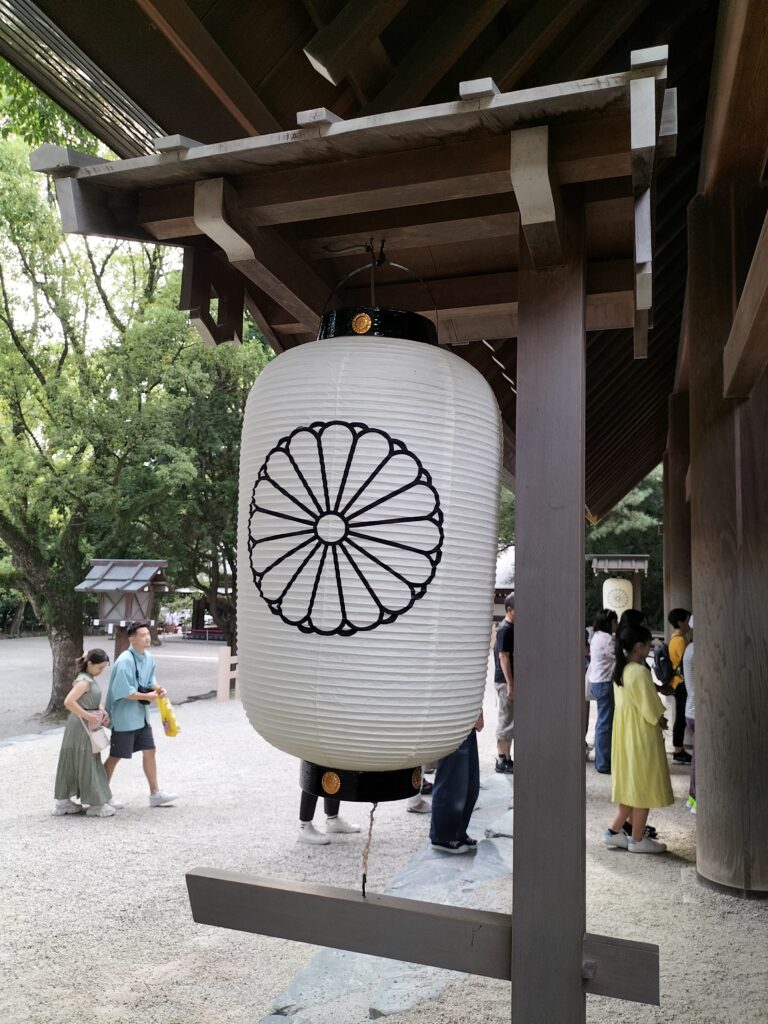
Here you’ll also find the Atsuta Shrine Treasury, a lovely museum, within the shrine complex. It has a wonderful collection of over 4,000 artifacts, including swords, mirrors, and other treasures related to the shrine’s history. This lovely museum offers a really in-depth overview of Japanese history and culture.
If you’re looking to reach Atsuta Jingu, you can hop on the Meitetsu train line to Jingumae Station. It’s just a few minutes’ walk from the shrine, so it’s really easy to get to! If you’re looking for another option, Atsuta Station, served by the Tokaido and Meijo lines, is also nearby.
#4 Osu Kannon Temple and Osu shopping area
The lovely Osu neighbourhood in Nagoya is known for its lively atmosphere and rich history. At the heart of this neighbourhood is the beautiful Osu Kannon temple, which was built during the Kamakura period (1185-1333). This temple is dedicated to Kannon, the Buddhist goddess of mercy, and is a place of prayer and contemplation for many believers.
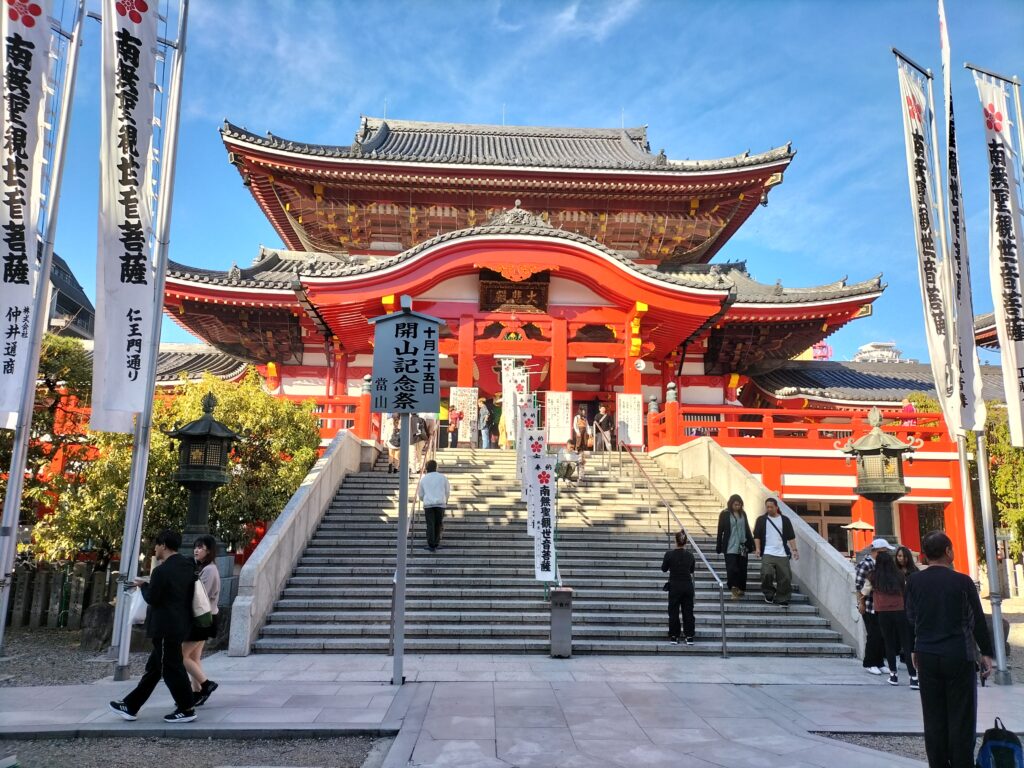
This beautiful temple is particularly famous for its large Kannon statue, which was built in the 17th century and is considered one of the most beautiful in Japan. Visitors are warmly welcomed to enter the temple to pray and pay their respects. There are often lovely religious events and festivals that enliven the atmosphere of the place.
Just outside Osu Kannon, you’ll find the vibrant Osu shopping district, with a wonderful array of shops, restaurants, cafés and markets. This area is known for its hip and trendy atmosphere, with a lovely mix of traditional and modern shops. You’ll find a wonderful selection of vintage fashion boutiques, traditional souvenir shops, and a variety of specialty shops selling everything from clothes to electronic gadgets.
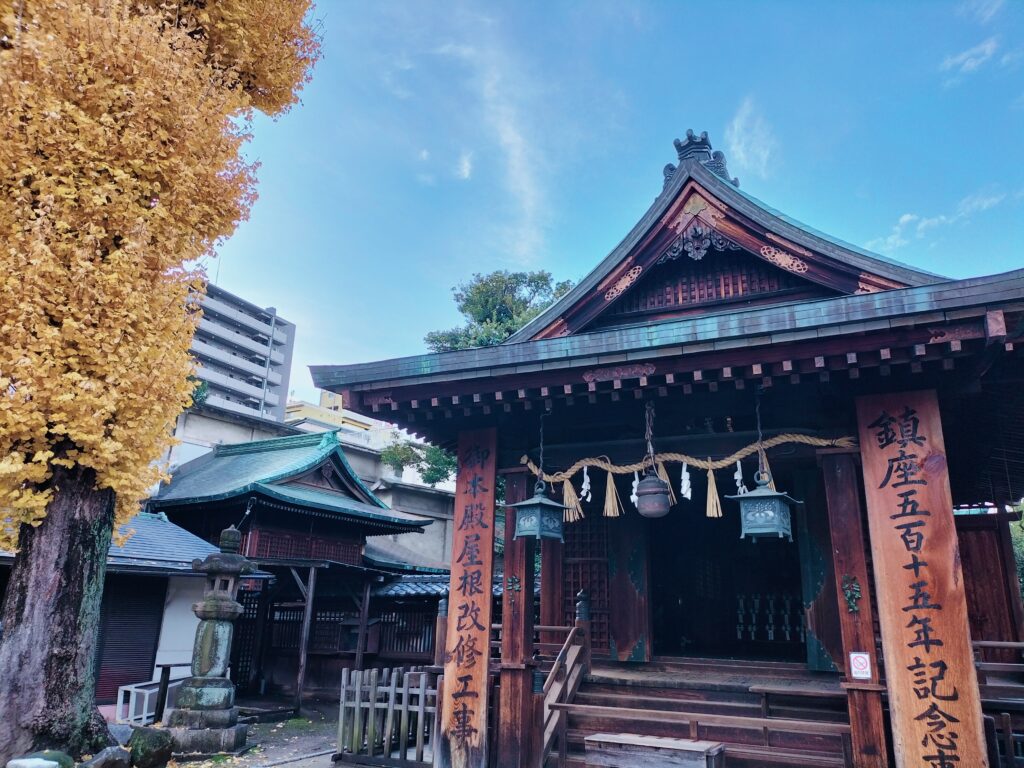
One of the most charming things about Osu is the flea market, where you can find all kinds of interesting things to buy, from antiques to quirky objects. This market is the perfect place for lovers of unique discoveries and special occasions!
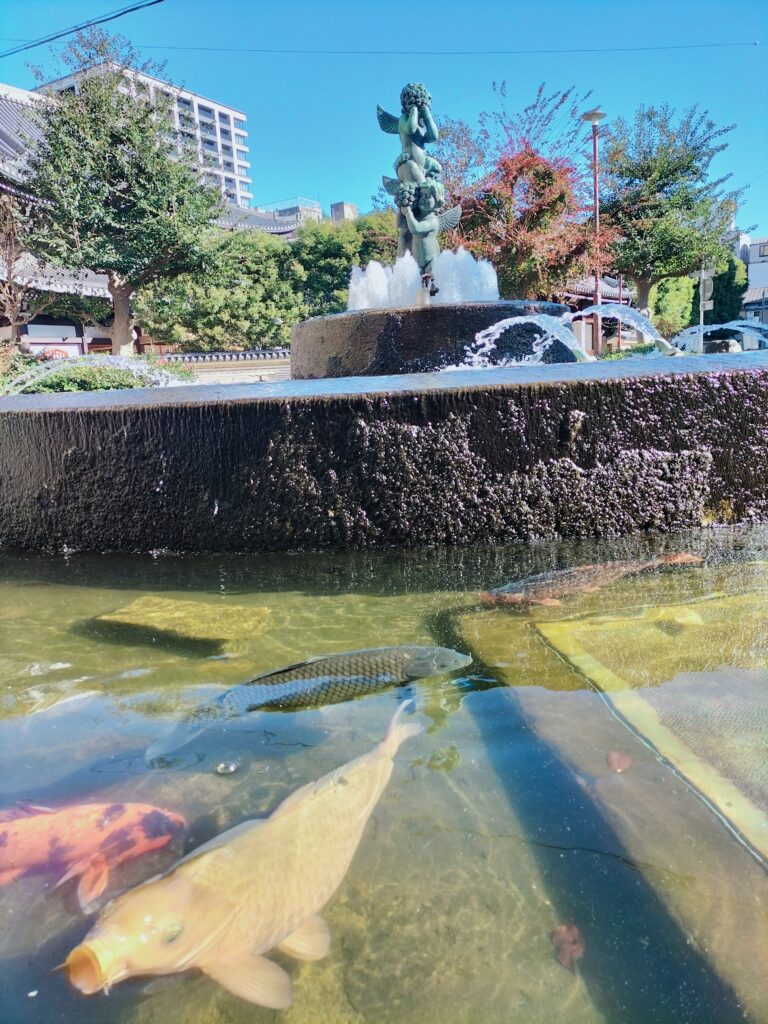
Furthermore, Osu is also known for its vibrant dining scene. There are so many restaurants and stalls offering a variety of Japanese and international dishes, making this neighbourhood a great place to sample local cuisine and experiment with new flavours.
To get to Osu, you can take the Nagoya Metro to Osu Kannon Station (Tsurumai Line). It’s a short walk from the temple and shopping district.
#5 Toyota Commemorative Museum of Industry and Technology
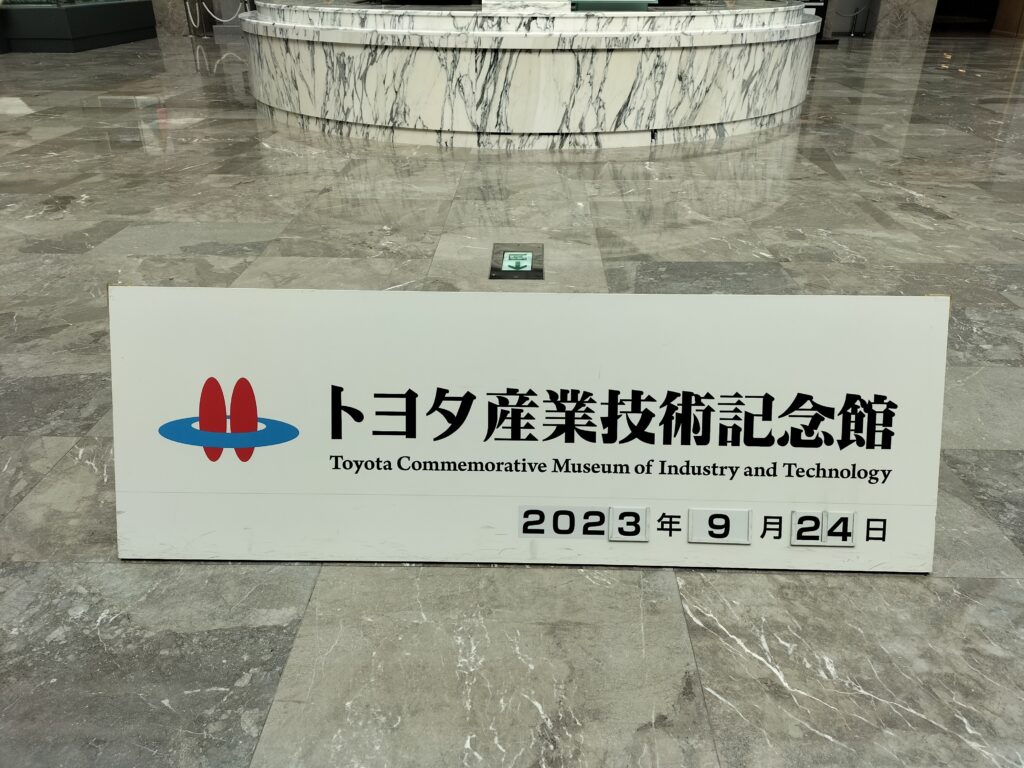
If you’re a fan of industrial and technological history, you simply have to check out the Toyota Commemorative Museum of Industry and Technology in Nagoya. It’s a fantastic place to visit! This wonderful museum is right in the heart of the city, and it offers a fascinating insight into the history of Toyota, one of the largest and most influential automotive companies in the world.
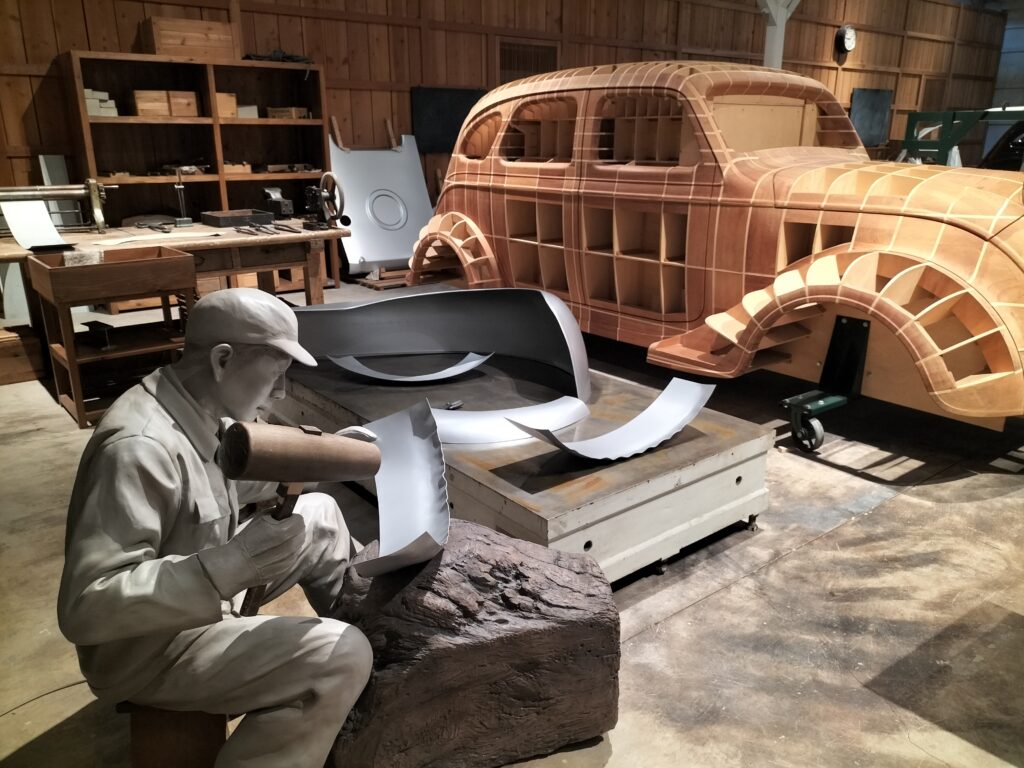
Inside the museum, you can explore several galleries that tell the story of the company, from its humble beginnings as a textile factory in 1920 to its development as a global leader in the automotive industry. You’ll find a whole host of historic automobile models, engines, technological components and a variety of interactive exhibits on display, all of which illustrate the evolution of automotive technology over the decades.
One of the best things about the museum is the chance to see Toyota’s cutting-edge technology in action! You can check out the latest prototypes, experimental vehicles and the company’s latest innovations. This section of the museum offers a special opportunity to peek into the future of the automotive industry and the global challenges it’s facing.
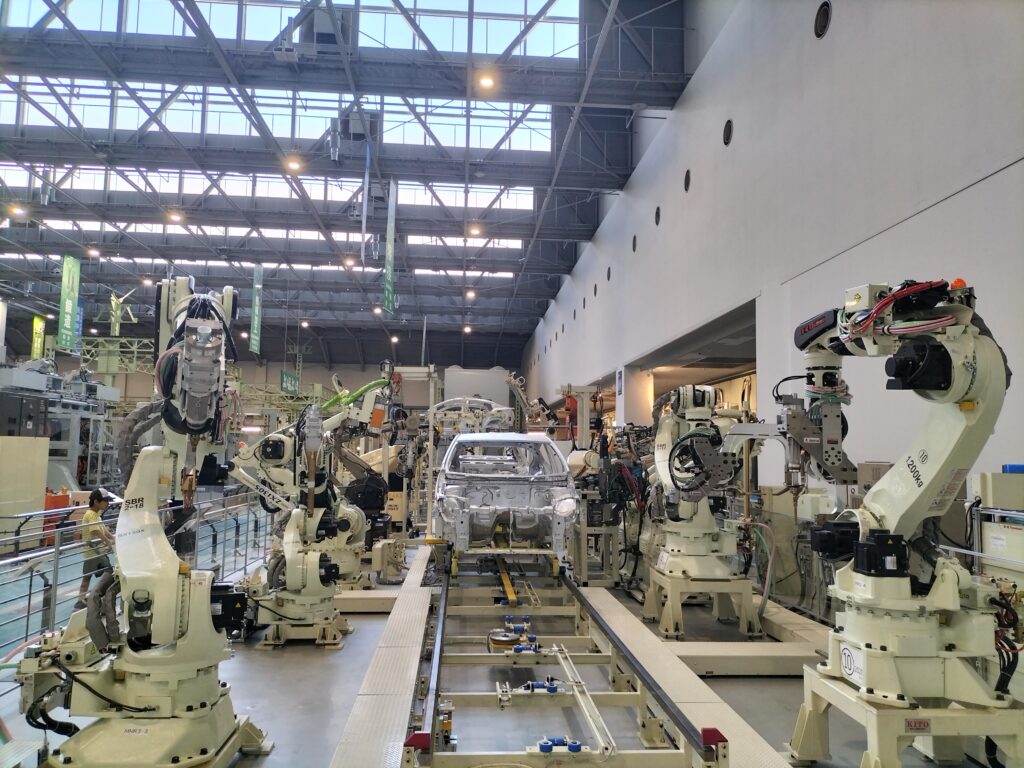
The Toyota Commemorative Museum of Industry and Technology is really easy to get to by public transport, with Shin-Toyota Station just a short walk away. We really hope you enjoy your visit! We just recommend that you allow at least a few hours to fully explore the museum and take advantage of all the educational resources and interactive exhibits available. Check here all the info!
#6 SCMaglev Railway Museum and Railway Park
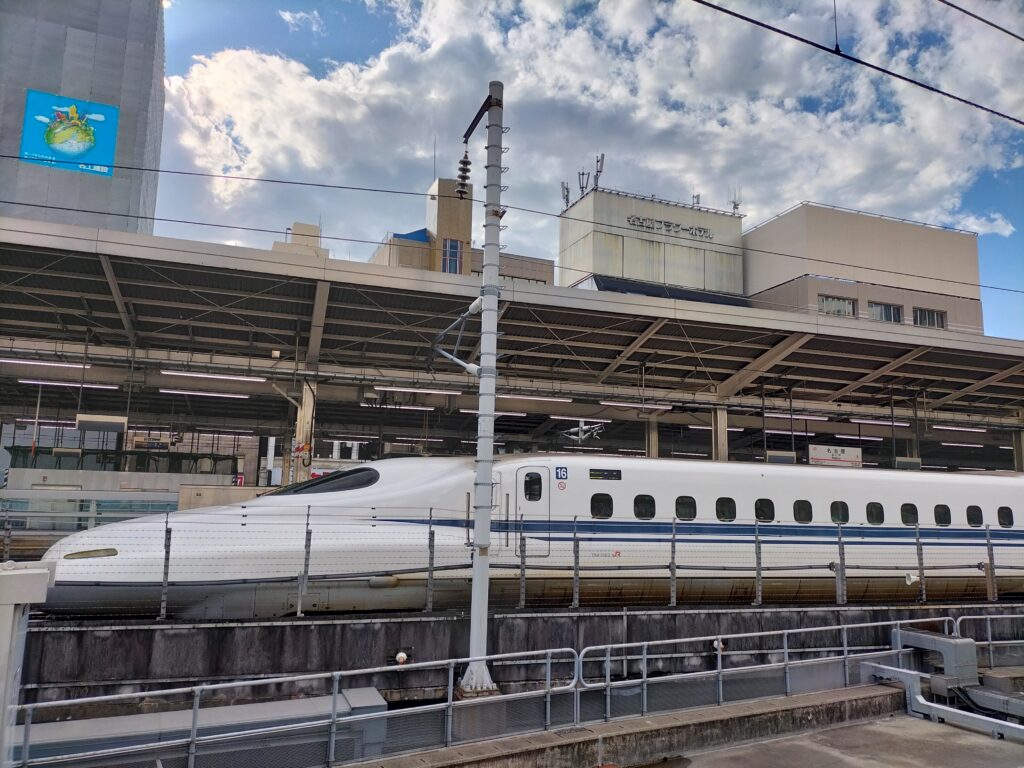
If you are a fan of the amazing Japanese trains, you simply have to check out the SCMaglev Railway Museum and Railway Park in Nagoya! It’s a fantastic place to visit. This museum is a wonderful place to learn more about the fascinating history and development of rail transportation in Japan, with a special focus on the SCMaglev high-speed train.
Inside the museum, you’ll find a wonderful collection of historic locomotives, rail cars and other rail vehicles. It’s so fascinating to see the chronological evolution of the Shinkansen trains, from the oldest ones to the current futuristic ones.
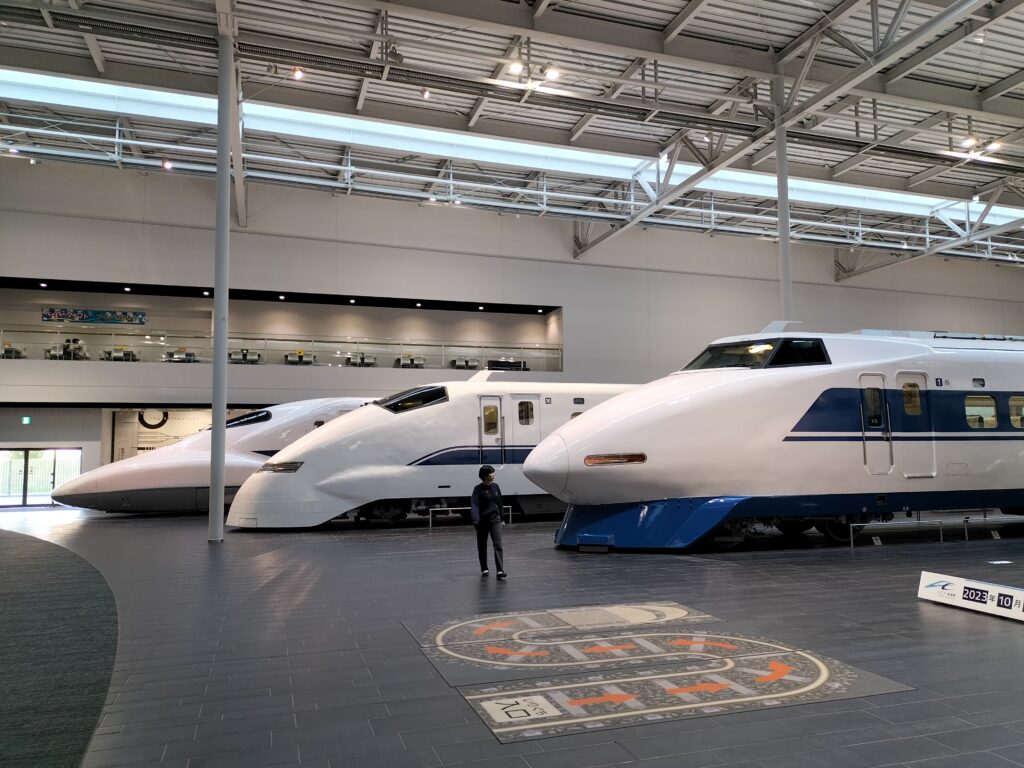
One of the museum’s highlights is the SCMaglev, the superconducting magnetic levitation train that represents the cutting edge of railway technology and which is expected to connect Nagoya to Tokyo in 2027!
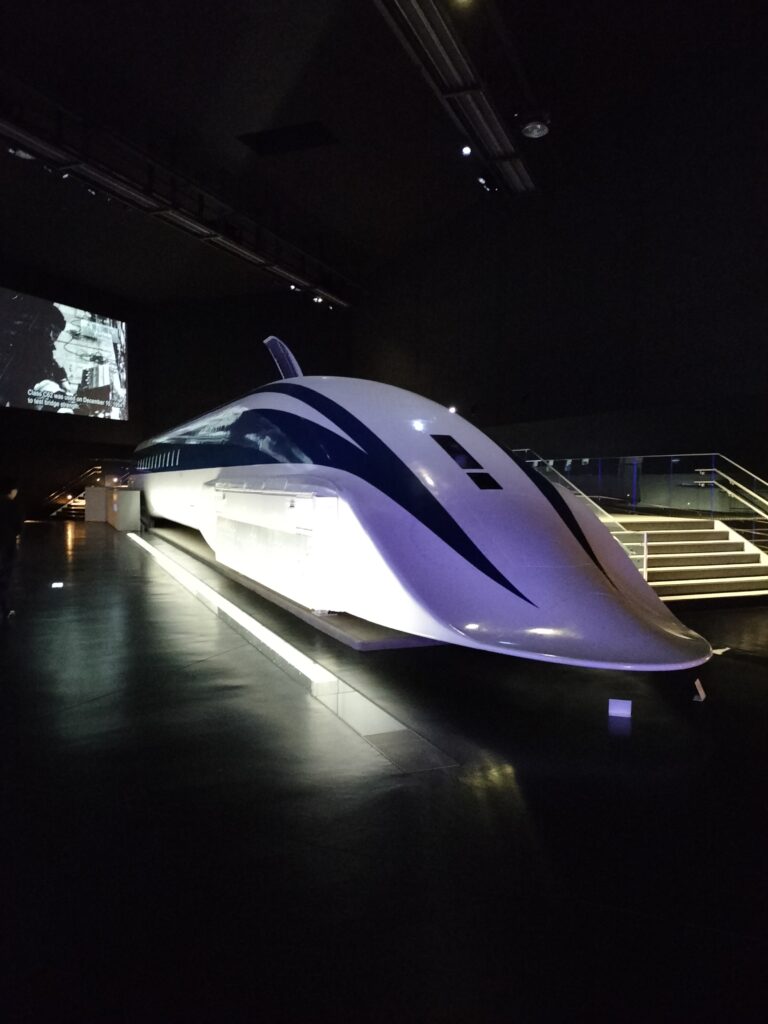
The museum is not just about static displays. You can also get hands-on and have fun with interactive experiences, like train driving simulators and exhibits that show you how locomotives and rail systems work. Check the official website!
This interesting museum is really easy to get to by public transport. Just head to Kinjofuto Station on the Aonami Line, which is only a short walk away.
#7 Koshoji Temple
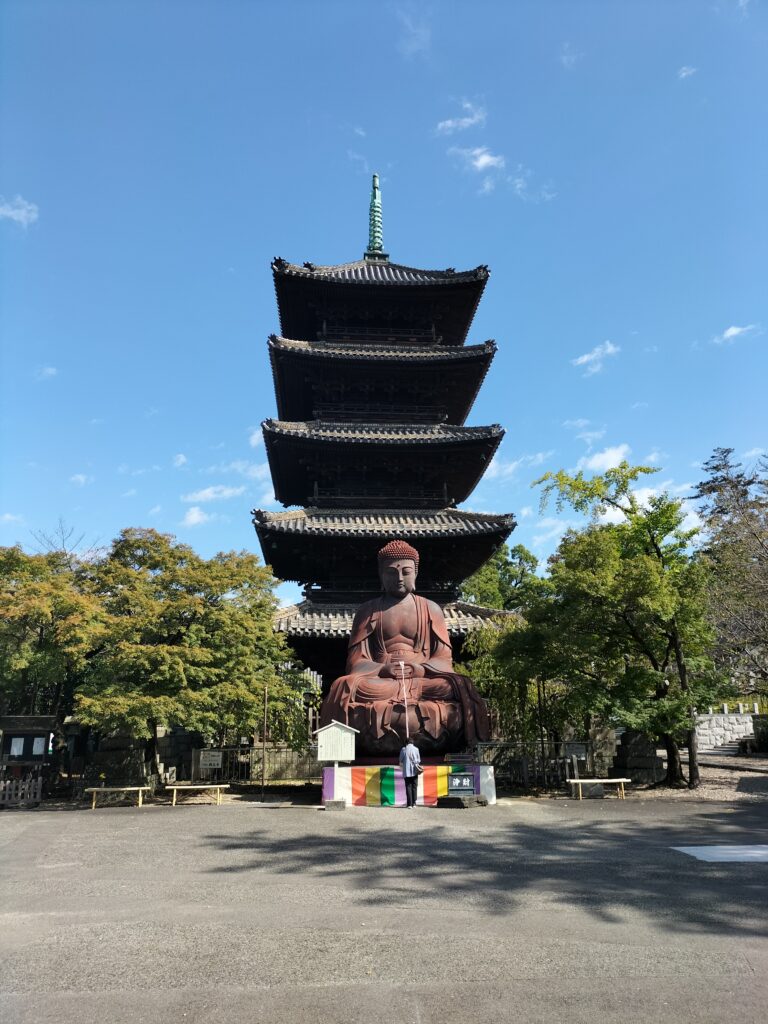
If you’re looking for a place of great spirituality and historical beauty, than Koshoji Temple is perfect for you! This beautiful temple was founded in 1234 and is well-known for its tranquil setting and traditional Japanese architecture. The temple is conveniently located in the Nishi Ward neighbourhood, offering visitors the chance to fully immerse themselves in Buddhist culture and traditions.
One of the most special things about Koshoji is its five-story pagoda. It’s one of the few remaining in Aichi Prefecture, and it’s truly a sight to behold! This amazing structure is considered an important cultural treasure and represents a fascinating example of Japanese religious architecture.
As you explore the temple complex, you’ll find several sacred buildings to discover. The Main Hall (Hondo) and the Assembly Hall (Kodo) are perfect for those who want to participate in religious practices and observe ceremonies.
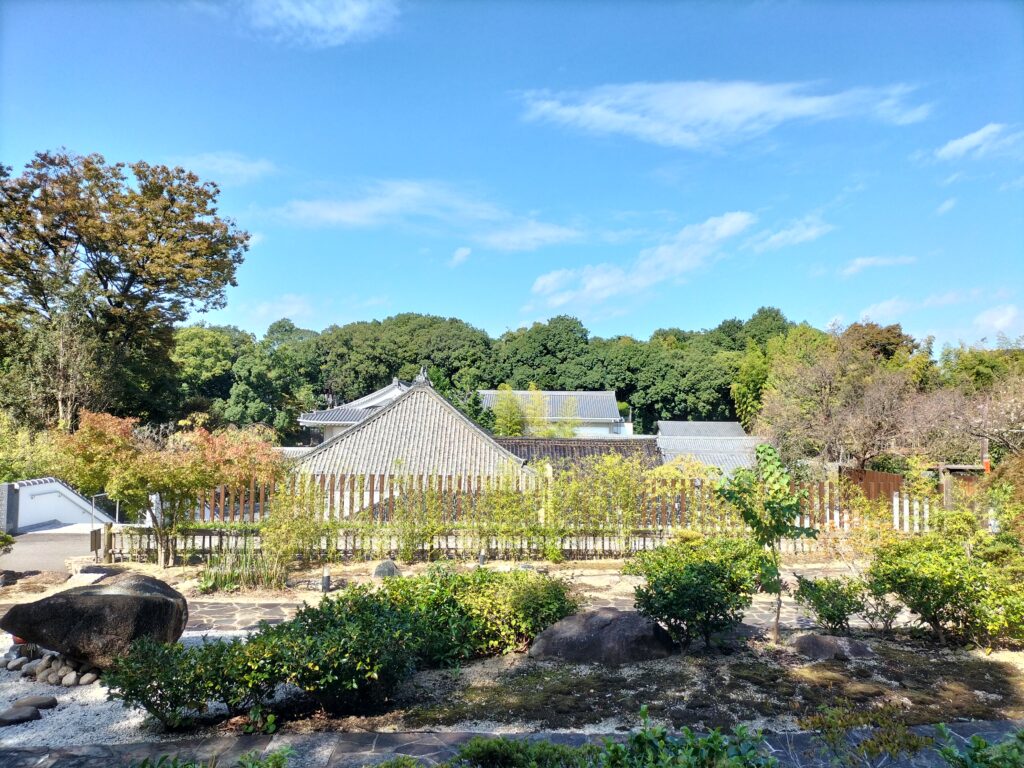
Koshoji is also known for its traditional Japanese gardens, which offer a haven of peace and serenity. The gardens are the perfect place to go for a relaxing stroll and to enjoy the natural beauty throughout the year.
The temple is open to visitors and welcomes the faithful to come and pray and reflect in a beautiful, peaceful setting. It’s the perfect place for anyone who wants to learn more about Buddhist spirituality and the religious history of Japan.
We’d love for you to come and visit Koshoji! To get here, we suggest taking the Nagoya Metro to Kamiida Station. From there, you can walk to the temple in about 10-15 minutes. When you visit, it’s a great idea to respect local practices and traditions so you can fully appreciate the spiritual and cultural experience that Koshoji offers its visitors.
#8 Shirotori Garden
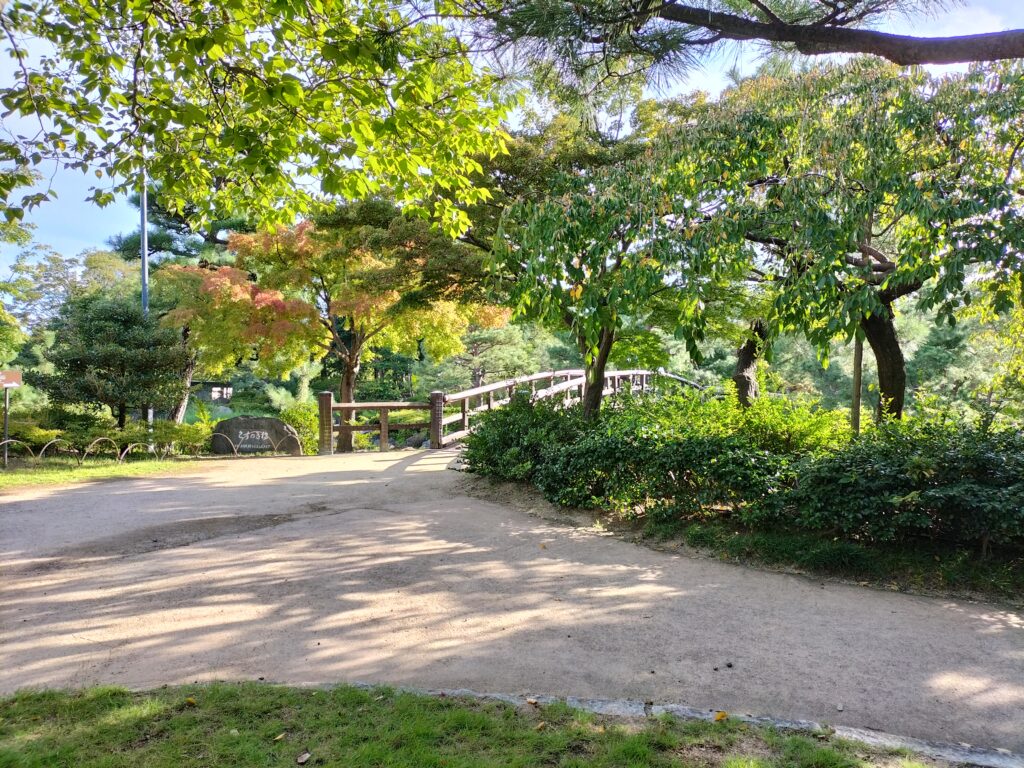
Shirotori Gardens is a real oasis of tranquility and scenic beauty, right next to Atsuta Jingu Temple, that is why we really recommend seeing both in a row!
One of the best things about this place is their gorgeous design, which includes ponds, waterfalls, pretty bridges, and lots of different plants and trees that change colour throughout the year. This lovely environment is designed to reflect the perfect harmony between nature and architecture, creating a feeling of absolute peace and serenity.
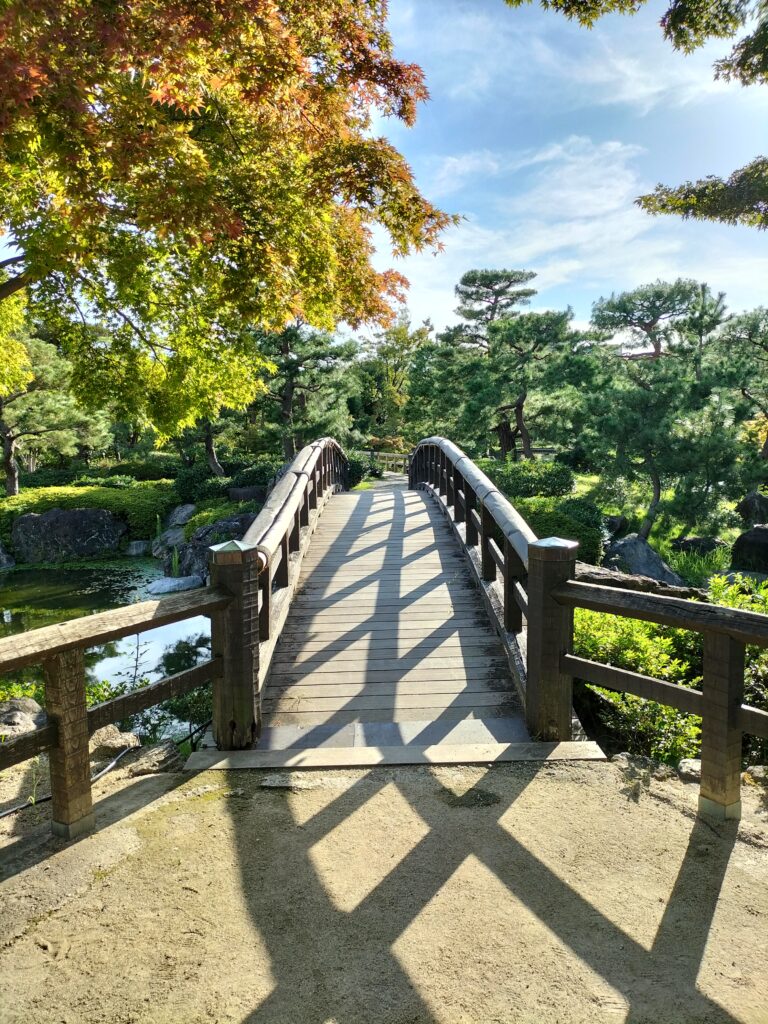
The gardens are divided into different themed areas, each with its own unique style of Japanese gardening. You’ll find lots of lovely things to see here, like well-kept lawns, bamboo plants, strongholds and stone lanterns. They really add to the overall beauty of the place!
The gardens also offer a well-maintained walking path that allows visitors to leisurely explore the entire space. You’ll also find some lovely rest areas and viewing points where you can soak up the breathtaking views of the gardens and their surroundings.
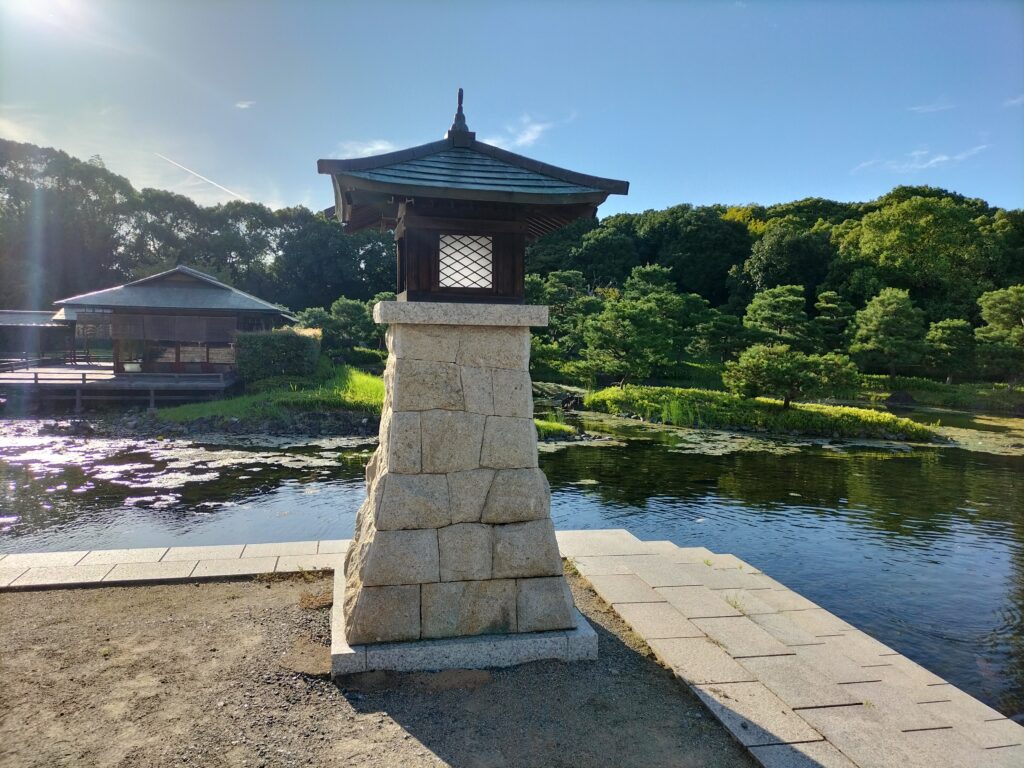
We’d love to help you reach Shirotori Gardens! The best way to get there is by taking the Nagoya Metro to Sako Station. From there, it’s just a 10-15 minute walk to the gardens. It’s a truly special place in Nagoya, and you’ll love the Japanese gardening style that characterises it.
#9 Daytrip to Inuyama
Here we recommend a day trip out of town just a few steps from the city of Nagoya!
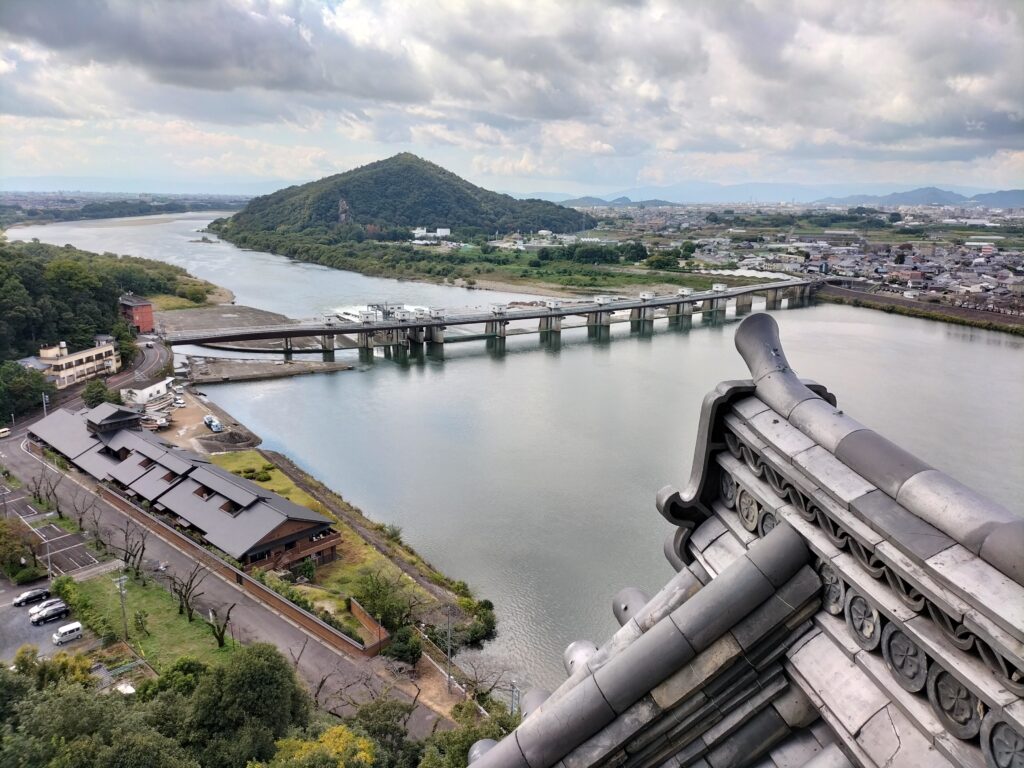
Inuyama is a historic town northwest of Nagoya, famous for its castle and cultural heritage. To reach Inuyama from Nagoya, the most convenient way is to take the Meitetsu Line from Nagoya Station to Inuyama Station (25-30 minutes).
At Nagoya Central Station, you can buy the Inuyama Castle Town ticket, which includes a return trip, admission to the castle, vouchers for selected shops in Inuyama (food and souvenirs) and a discount voucher for admission to the Uraku-en Japanese Garden, for just ¥1630 each. Buy it here!
Once you arrive in Inuyama, the first recommended stop is Inuyama Castle, one of the oldest castles in Japan and one of the main attractions of the town. Situated on a hill, it offers a panoramic view of the city and the Kiso River. The structure of the castle dates back to 1440 and is well preserved, with interiors that show the architecture and furnishings of the time.
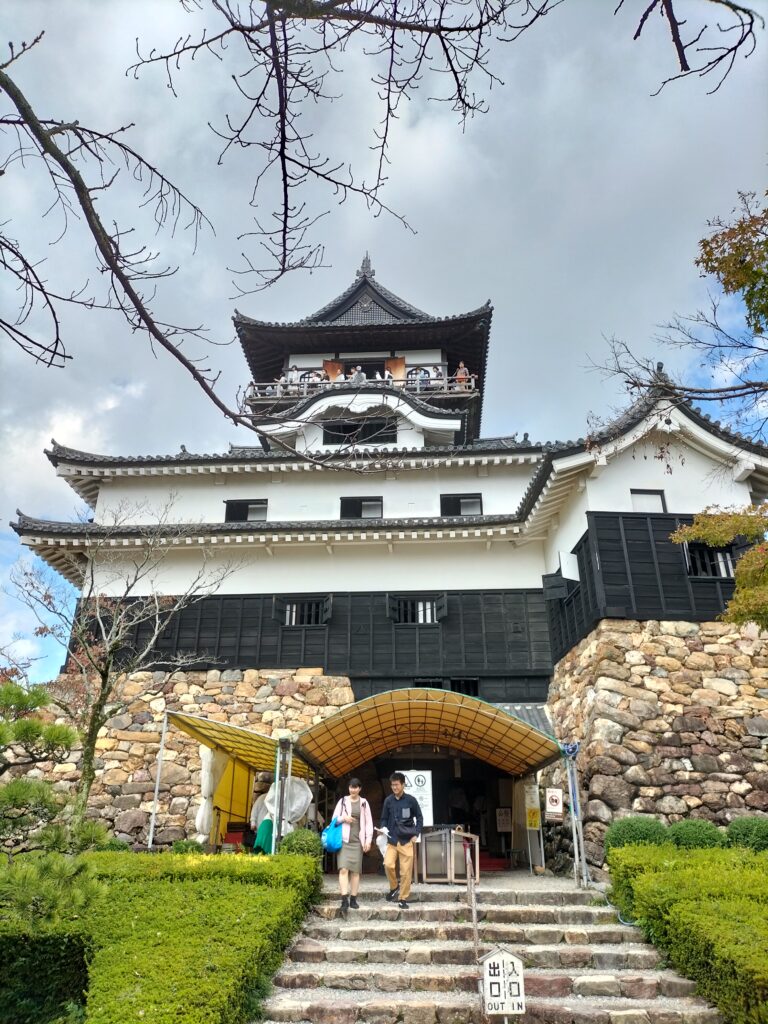
After exploring the castle, you can head to the Meiji Mura Museum, an open-air museum that collects historic buildings from the Meiji era from all over Japan. It’s a walk through the historic architecture and culture of the Meiji period, with buildings such as a train station, samurai houses and traditional shops.
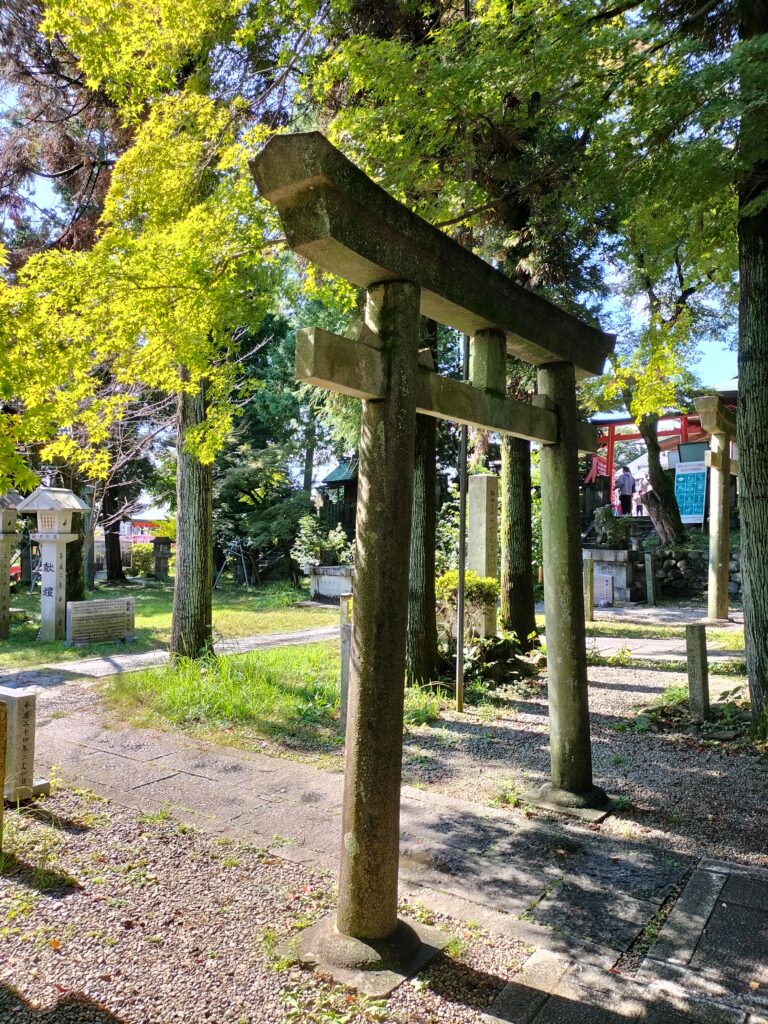
For a more relaxing experience, visit the Sanko Inari Jinja Temple, located near the Meiji Mura Museum. It is a small Shinto temple known for its red Torii, which leads to the surrounding hill and offers a panoramic view of the city and its surroundings.
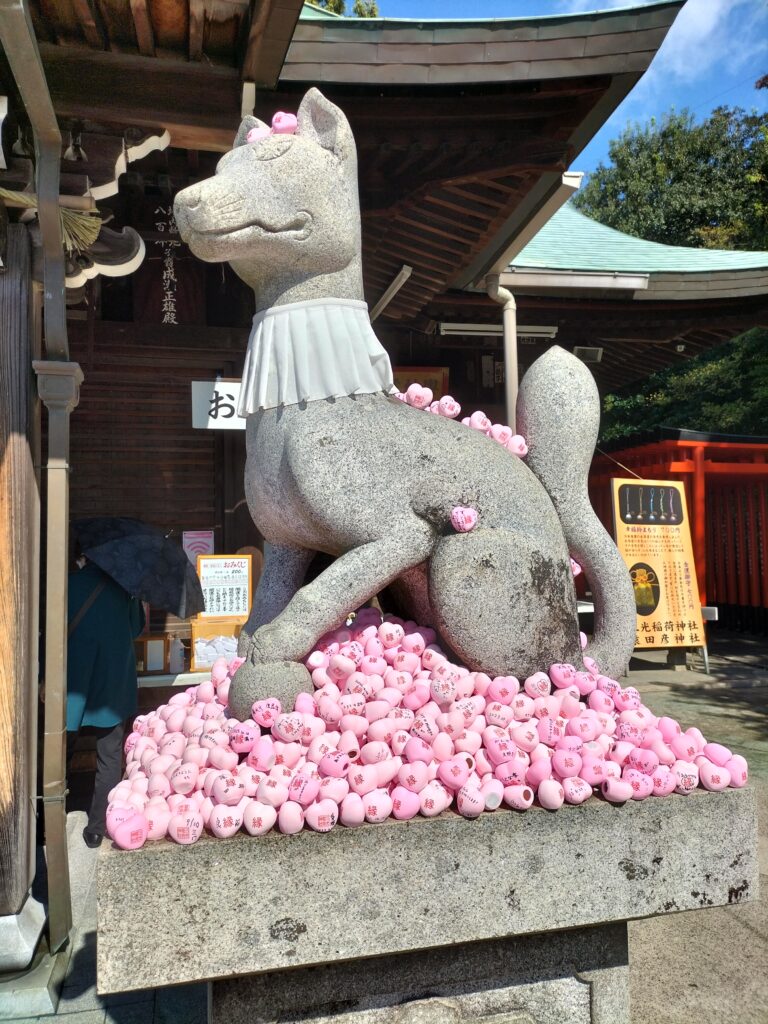
Alternatively, if you have time, explore the Kiso River Park, which offers peaceful riverside walks and picnic areas for relaxing.
For lunch, enjoy local cuisine in the restaurants and cafes around Inuyama Castle or along the city’s main streets.
At the end of your visit, take the same Meitetsu train back to Nagoya. Be sure to check train times in advance to help you plan your day.
#10 Ghibli Park
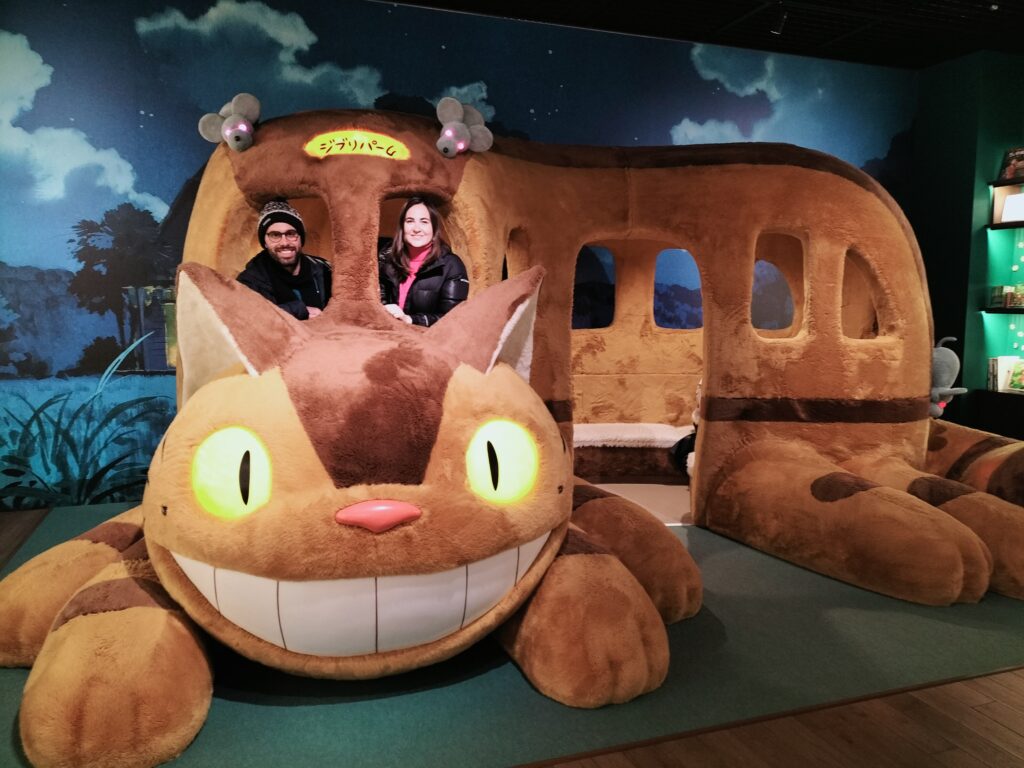
Ghibli Park is an exceptional destination for lovers of Japanese animation and the magic of Studio Ghibli films. This theme park is dedicated to the works of the famous director Hayao Miyazaki and the creative spirit of the Ghibli animation studios.
Located in the Nagakute district on the outskirts of Nagoya, the park is designed to recreate the atmosphere and enchanted worlds of Miyazaki’s films. It features a variety of attractions, gardens and open spaces inspired by famous films such as My Neighbour Totoro, Howl’s Moving Castle, Spirited Away and many others.
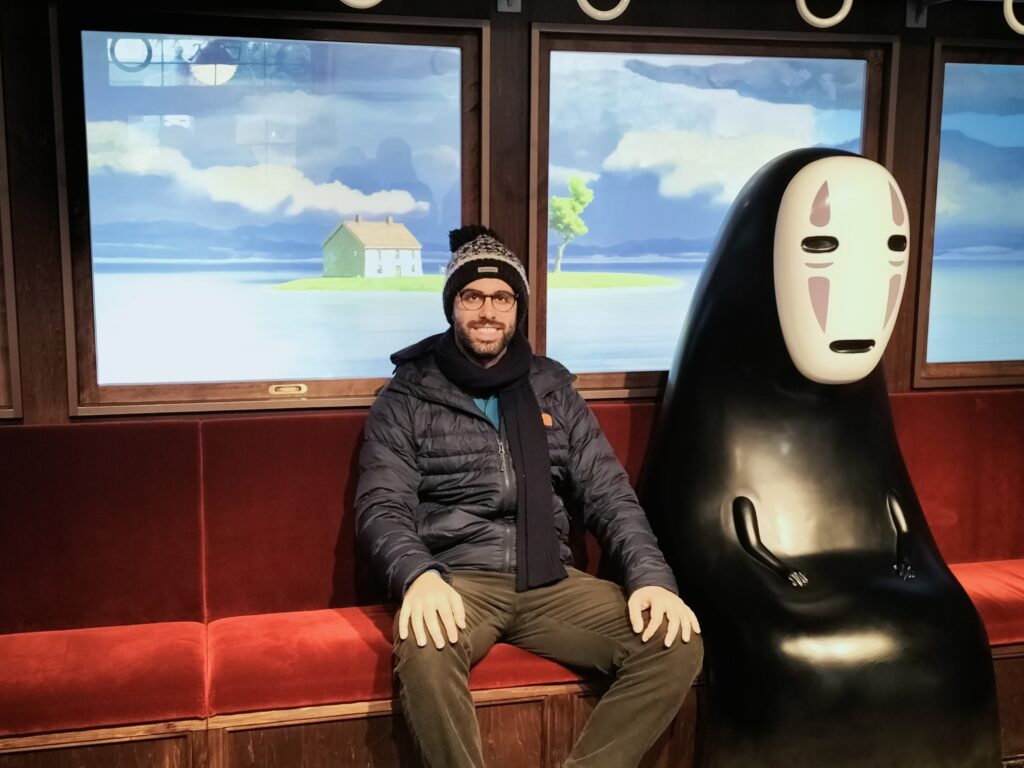
Among the most famous attractions are replicas of iconic buildings and settings from the films, where visitors can immerse themselves in the fantastic universe created by Miyazaki. There are also green areas and gardens that reflect the importance of nature in Studio Ghibli films.
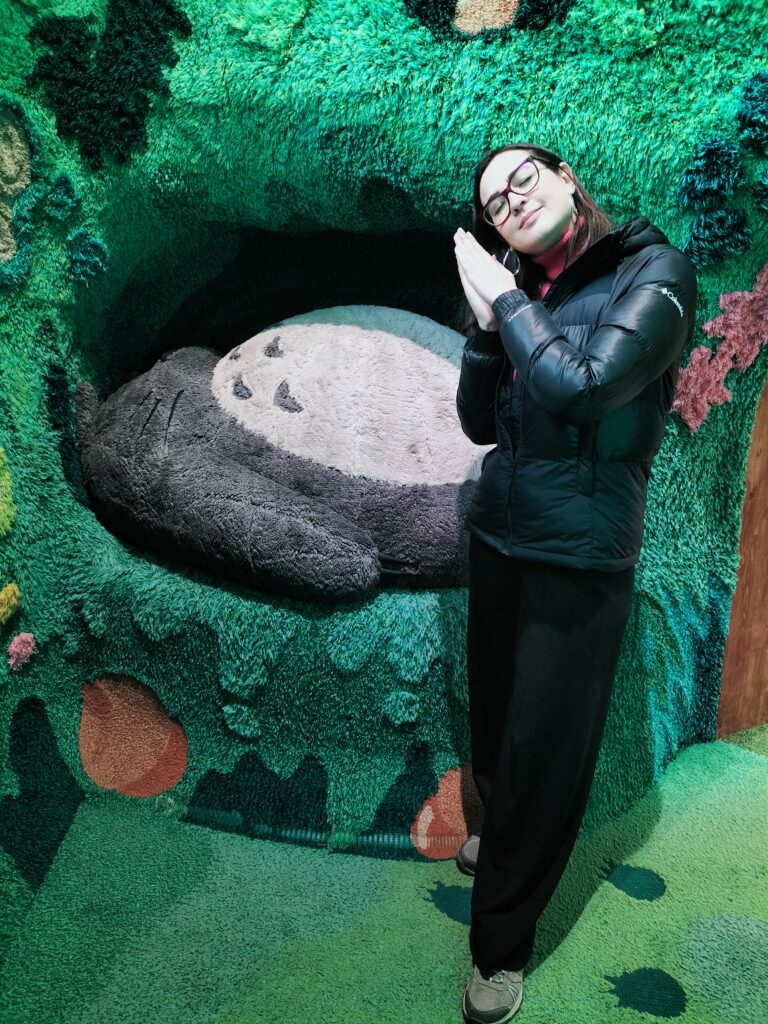
Ghibli Park is not only a theme park, but also an educational centre that celebrates the art of animation and creativity. There are interactive exhibitions, workshops and special events that offer visitors a unique opportunity to discover the secrets behind the making of films.
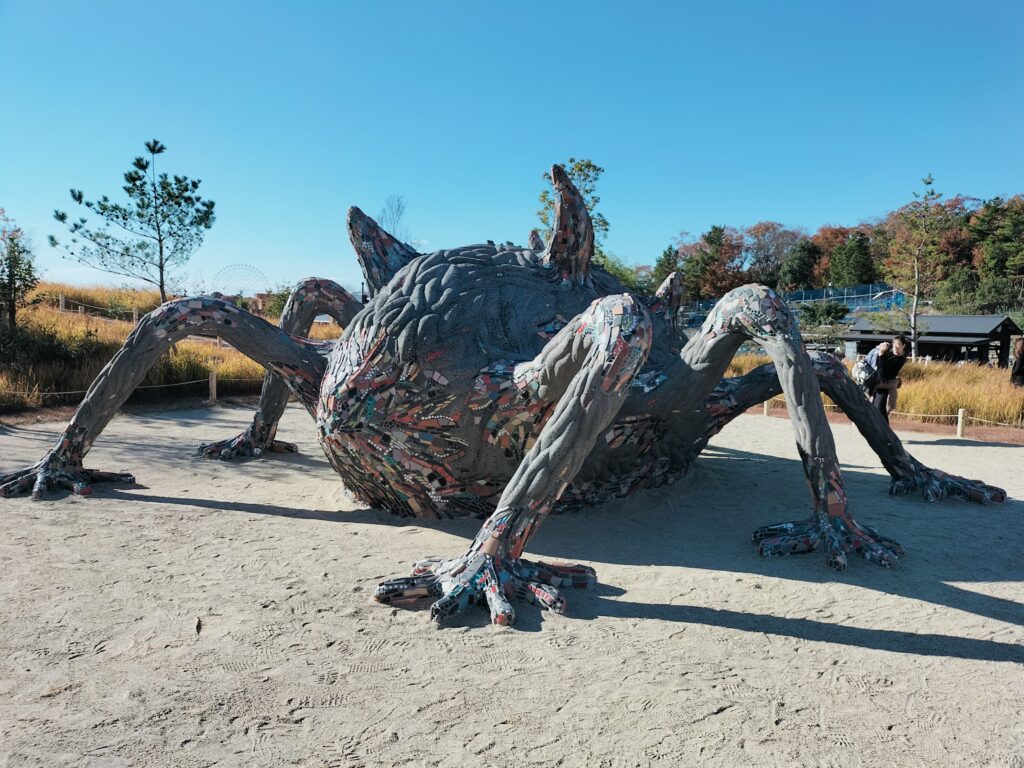
Remember that at least two months in advance of your visit, it is absolutely essential that you book your tickets online here.
The park is easily accessible by public transport. It’s best to take the Higashiyama Line of the Nagoya Subway to Fujigaoka Station, from where you can take a bus to the park.
Alternatively, you can take the LINIMO line, an automated monorail that runs from Yakusa to Fujigaoka. Take the Higashiyama Line and get off at Yakusa Station, then change to the LINIMO Line for Fujigaoka and get off at Ai-Chikyuhaku-Kinen-Koen. From there, walk to the park entrance.
The Ghibli Park is located within the Expo 2005 Aichi Commemorative Park, a wonderful park where we recommend you take relaxing walks.
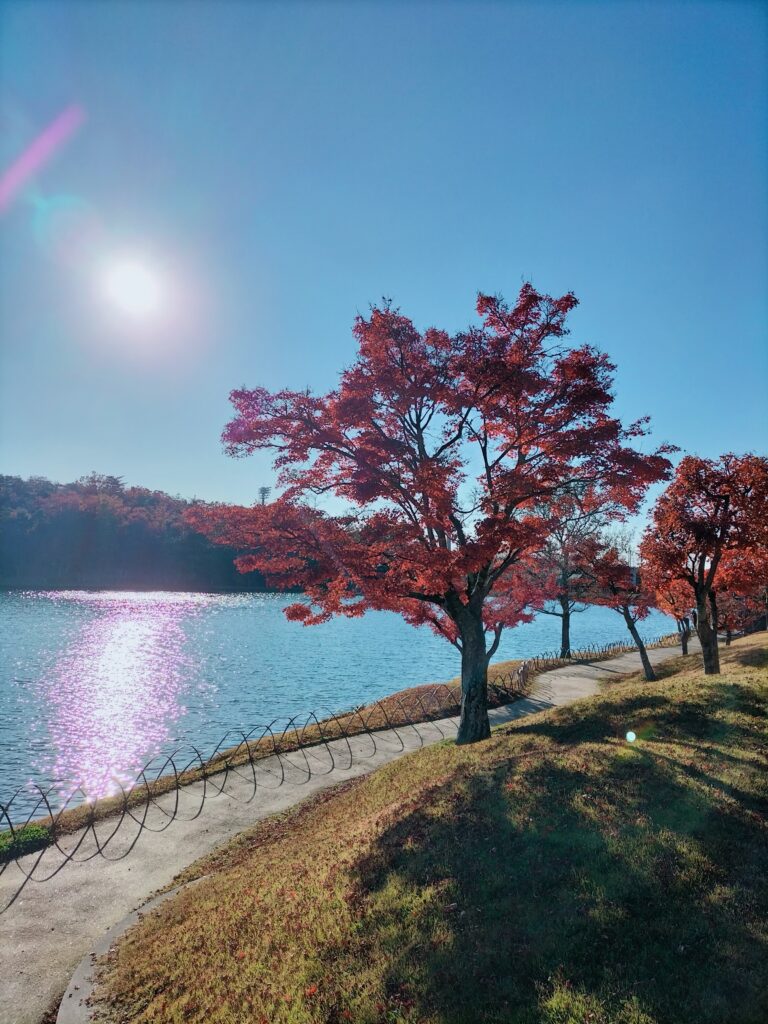
#11 Extra-activities
You can also find additional activities you would like to do in Nagoya or in the surroundings here!
If you have time, you’ll love a slightly longer trip to Shirakawa-go, a wonderful village stuck in time and nestled in the Japanese Alps about 2 and a half hours from Nagoya. Read here what to do and see in Shirakawa-go in 1 day and how to get it!
If you’re looking to rent a car, then look no further than DiscoverCars.com! You’ll find here the perfect rental solution.
What to read before traveling to Japan
If you’re planning a trip to Japan, we recommend diving into a few books that will enrich your understanding of the country’s culture, history, and everyday life.
Fear and Trembling by Amélie Nothomb
This witty and thought-provoking novel offers a glimpse into the complexities of Japanese corporate culture. Through the eyes of a young Belgian woman working in a Tokyo firm, Nothomb explores themes of hierarchy, tradition, and identity, making it a fascinating read before your journey. We absolutely loved it!

Days at the Morisaki Bookshop by Satoshi Yagisawa
This heartwarming novel set in a quaint Tokyo bookshop is perfect for those who love stories about personal growth and finding oneself. It beautifully captures the charm of small Tokyo neighborhoods and the healing power of literature. This story is set in Tokyo, but it describes well the culture and characteristics of the Japanese people in general. Highly recommended!

The Passenger: Japan
This travel anthology is a collection of essays and stories that delve into various aspects of Japan, from its rich history to modern-day society. It’s an ideal read for gaining a deeper understanding of Japan’s complexities before you arrive.
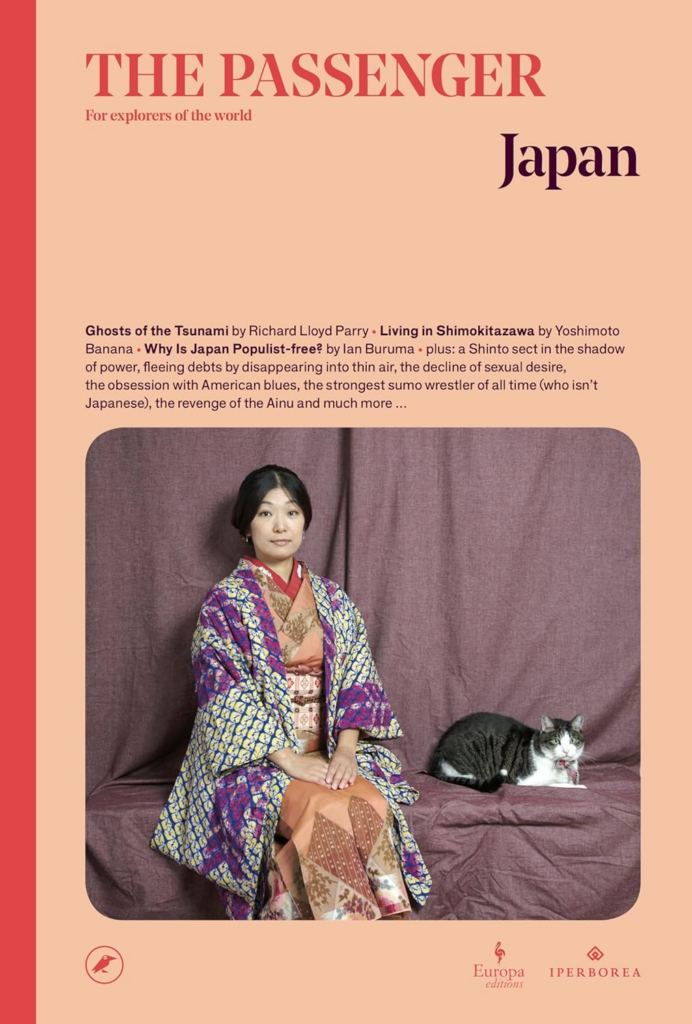
Travel Tips from KeepMoosing
Traveling is exciting, but protecting your data should always be a priority. That’s why we trust Surfshark, a leading cybersecurity company offering tools like VPN, Antivirus, and Alert (a data breach detection system). We highly recommend Surfshark for its versatile VPN, which is perfect for keeping your digital life secure while on the go.
With Surfshark VPN, you can safely use public Wi-Fi networks without worrying about fraud or hacking, ensuring your sensitive information, such as passwords and banking details, stays protected. It also allows you to bypass geographical restrictions, so you can stream your favorite TV shows or access region-blocked websites from anywhere.
We also suggest using Surfshark VPN while planning your trip. It helps you avoid price discrimination by changing your virtual location, often leading to better deals on flights and hotels.
You can buy your subscription here!
Conclusions
If you’re a tourist in Japan, you’ll want to visit the most famous destinations like Tokyo, Osaka and Kyoto for the first time. But don’t miss out on some equally unmissable destinations! One of these is the city of Nagoya, the capital of the Aichi prefecture.
Me and Claudia were lucky enough to live there for three months during 2023. In this article, we told you about 10 must-see attractions in Nagoya: 8 incredible things to do in the city + 2 amazing day trips nearby!
We really hope this guide about what to see in Nagoya will help you plan your trip! Leave your ideas and questions in the comments, we’d love to answer!
***Some of the links on our blog are affiliate links. By purchasing through these links, you help us support our work at no extra cost to you.***

